Test subject
/


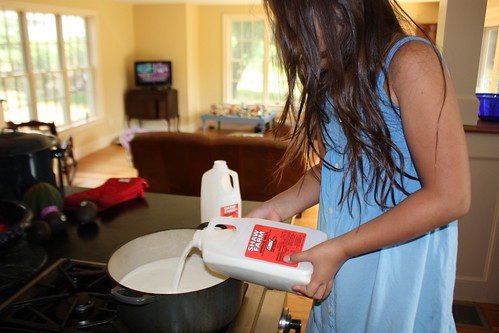
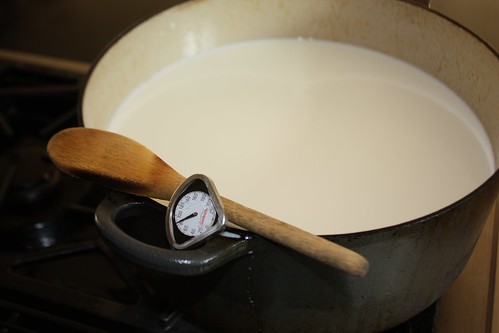
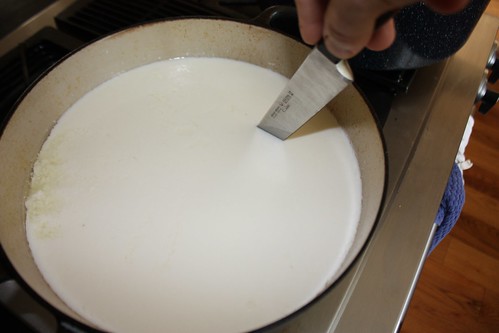
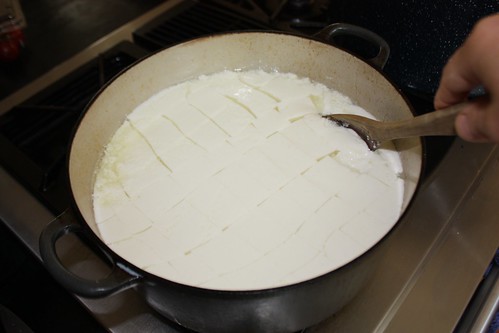
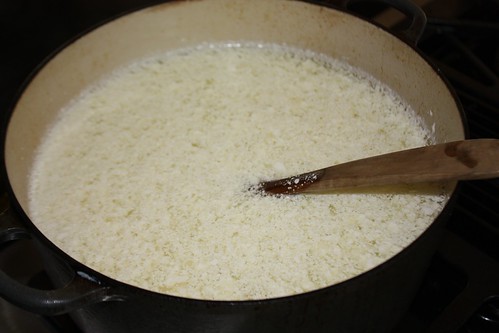
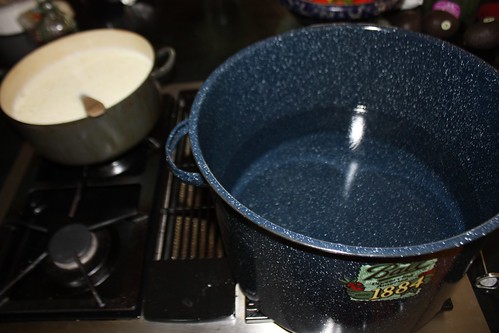

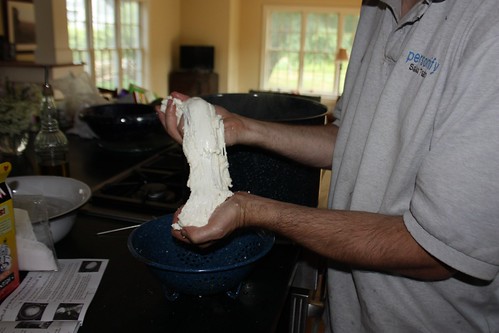
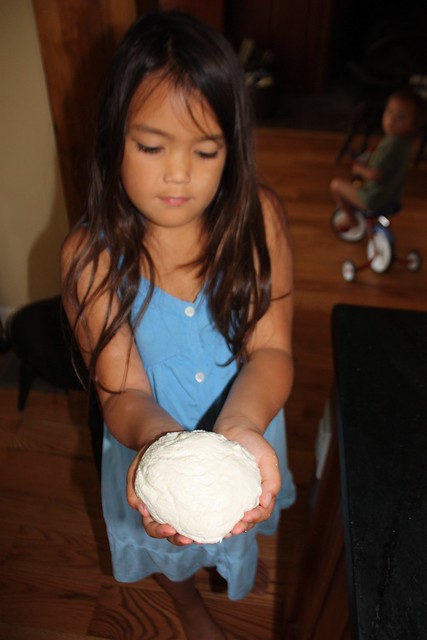













 But first, let's talk alcohol. Our attempt at cider making had been percolating in the cellar for long enough, keeping our hanging meat company. I had nothing but a couple of very rough guidelines from a couple of books to go on, but I figured not-quite-five-months was about the right fermentation time, and I did what any good amateur brewer would do: I brought up the buckets, lined up the bottles, and gathered the children.
But first, let's talk alcohol. Our attempt at cider making had been percolating in the cellar for long enough, keeping our hanging meat company. I had nothing but a couple of very rough guidelines from a couple of books to go on, but I figured not-quite-five-months was about the right fermentation time, and I did what any good amateur brewer would do: I brought up the buckets, lined up the bottles, and gathered the children.
 I honestly had no idea if we had managed to create something drinkable when we brought it up out of its resting place. The steps to create a hard (fermented) cider are pretty much to put a bunch of raw cider into a bucket, add some sulfide to kill off the bacteria, come back a day later with a bunch of sugar of one sort or another, add some yeast, and seal it up. Don't touch it for lots of months.
I opened this not knowing if we had created 15 gallons of vinegar or something else equally unpalatable. Like sarin gas, maybe. Fortunately, it turned out to be remarkably... not terrible. Actually better than that. It was almost... really good.
Wait, take a look again at my kids helping me bottle it all. Have you ever seen anything cuter than a 2 year old operating one end of a siphon?
I honestly had no idea if we had managed to create something drinkable when we brought it up out of its resting place. The steps to create a hard (fermented) cider are pretty much to put a bunch of raw cider into a bucket, add some sulfide to kill off the bacteria, come back a day later with a bunch of sugar of one sort or another, add some yeast, and seal it up. Don't touch it for lots of months.
I opened this not knowing if we had created 15 gallons of vinegar or something else equally unpalatable. Like sarin gas, maybe. Fortunately, it turned out to be remarkably... not terrible. Actually better than that. It was almost... really good.
Wait, take a look again at my kids helping me bottle it all. Have you ever seen anything cuter than a 2 year old operating one end of a siphon?
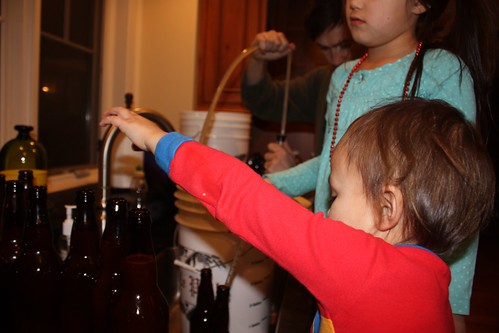 We created batches of 'still' cider, and batches of carbonated 'long necks'. We painstakingly crafted labels for our brew, marking the batch that was "sweet(er)" and "less sweet". [What's the difference? Well, I used two different kinds of yeast, and two different kinds of sugar - honey & brown sugar. Unfortunately, I may have forgotten to label what went into which bucket. And so it's possible that I don't have any way of knowing how to recreate our favorite (the "sweet(er)"). This oversight on my part might drive my Bride - the Scientist by training and trade - just a little bit insane. Just a little.)
After a couple of weeks of additional carbonation time, we invited over a bunch of neighbors and friends for a taste test. Critics agree, it didn't suck. We all pretty much preferred it a little bit sweeter (the other tastes more 'yeasty' - a bit more like beer, actually. For the record, both ended up at right about 6% alcohol in the end).
Ok. One more picture of the Critter and the finished, labeled bottles. I really just took this picture to show you her shirt. You love it, I know. (If you want one of your own, go here)
We created batches of 'still' cider, and batches of carbonated 'long necks'. We painstakingly crafted labels for our brew, marking the batch that was "sweet(er)" and "less sweet". [What's the difference? Well, I used two different kinds of yeast, and two different kinds of sugar - honey & brown sugar. Unfortunately, I may have forgotten to label what went into which bucket. And so it's possible that I don't have any way of knowing how to recreate our favorite (the "sweet(er)"). This oversight on my part might drive my Bride - the Scientist by training and trade - just a little bit insane. Just a little.)
After a couple of weeks of additional carbonation time, we invited over a bunch of neighbors and friends for a taste test. Critics agree, it didn't suck. We all pretty much preferred it a little bit sweeter (the other tastes more 'yeasty' - a bit more like beer, actually. For the record, both ended up at right about 6% alcohol in the end).
Ok. One more picture of the Critter and the finished, labeled bottles. I really just took this picture to show you her shirt. You love it, I know. (If you want one of your own, go here)
 We'll definitely be doing the cider thing again this fall - it's certainly not an instant gratification thing, but I'm happy as heck with the final product, all in all.
Which is good, because after a day clearing a season's bracken and crap from the garden bed, I was in need of something to relax the aches.
Fortunately, my pair of young bottlers were on hand to help out once again.
Those kids can be shockingly useful at times.
We'll definitely be doing the cider thing again this fall - it's certainly not an instant gratification thing, but I'm happy as heck with the final product, all in all.
Which is good, because after a day clearing a season's bracken and crap from the garden bed, I was in need of something to relax the aches.
Fortunately, my pair of young bottlers were on hand to help out once again.
Those kids can be shockingly useful at times.

Geek. Amateur homesteader. Enthusiastic cook. Occasional doodler. Avid eater of food, Father. Bad banjo player. .
Recent Posts